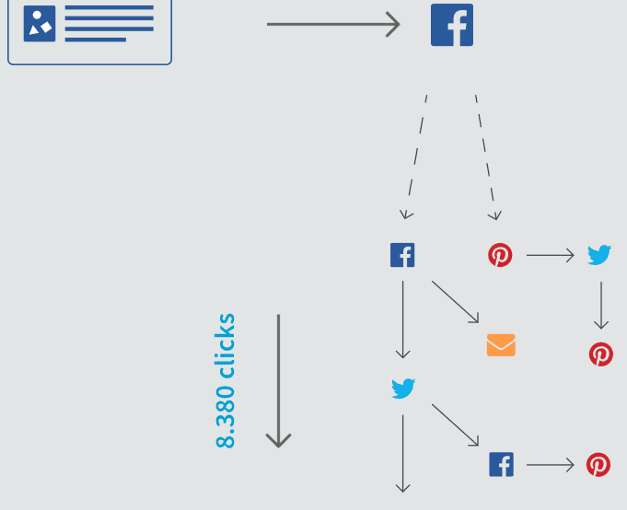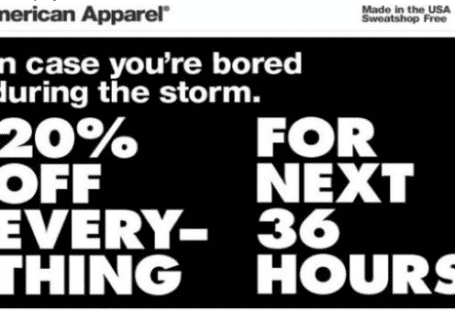UTM codes are a mandatory tool for professionals working with social media or traffic analysis.
For those who aren’t familiar, UTM stands for Urchin Tracking Module, a common marketing practice, used by marketers and social media managers to associate traffic to specific sources (social, search, Facebook, Google, Christmas campaign, etc.).
They’re commonly found as URL fragments and look like this:
?utm_source=blog&utm_medium=post&utm_content=post_utms
Through popular analytics solutions, you can report on traffic from many different sources. Try to increase their details though, and you’ll be in trouble. Today, it’s still challenging to distinguish exactly how people came to your website.
Email marketing has to be one of the most popular marketing techniques out there. Yet, do you know what happens if you link your website on a newsletter, without UTMs? Every pageview coming from that link will be attributed to “Direct Traffic”.
That’s because email doesn’t have any referrer data, as a website would. Now, if you use UTMs, you can correctly attribute traffic to each campaign. More, you say that one pageview came specifically from that call-to-action, on the bottom of your email. Don’t use UTMs, and you’ll be stripped of all this data.
That lack of understanding and attribution could be a marketer’s hell.
UTM codes solved this need. They allow anyone to design custom URLs that web analytics solutions can interpret. Look at one of our ads, as an example:

Our goal is to target people with “Head of Social Media” as their Job Title. I know that I’m also using Image 03 for this ad and that I’m using the “viral” version of our ad copy.
If I design a URL for our landing page using UTMs, this would be how I would structure it:
-
- Source: facebook
-
- Campaign Name: head_social
-
- Medium: cpc
-
- Term: viral
- Content: image_03
Our newly created URL would be:
They say size doesn’t matter but at 116 characters this is not something you’d miss.
*Tip: If you need a quick way to build a custom URL, our friends at EffinAmazing, even built a tool for it.
Even so, UTMs are the most popular way to measure and attribute traffic. It can even fix some historical marketing challenges, such as offline to online conversion.
Imagine that you have an offline campaign where you offer a discount code to your users. It might be the case that the way to redeem such offer is by scanning a QR code. The QR code’s URL might be http://yoursite.com/?utm_source=offline&utm_medium=starbucks&utm_campaign=qr
With that, you can attribute traffic, conversion, and sales to each unique marketing play you’re using.
UTMs and Social Media
Marketers have also used UTMs to measure what’s effective in their social media marketing strategies.
Remember Google’s example? Take Facebook’s. Imagine you’re managing your company’s Facebook Page. You make 10 posts per day. Your CMO asks: “Which of our posts drove more traffic?”.
You smile, open Google Analytics, only to understand that you know you had 185 visits from Social today. Your smile vanishes, you say: “I’m quite sure it was that one about X”.
With UTMs, it’s easy to track every link and all the traffic coming from Social. And it’s industry-flexible:
-
- If you’re a publisher, you can understand which social network is bringing in the most traffic.
- If you’re an eCommerce, you can understand which social network is driving new sales.
Last but not least, to make this sorcery even sexier, it’s absolutely free. A marketer’s paradise: ROI-oriented, no developers required and free.
But what seemed to most as a disruptive solution, seems to me the emergence of a bigger problem.
Problem #1: Social has changed, quite a lot.
Here’s the thing. As digital experiences tend to mature, so do behaviors linked to them. 2016 was the year where Messaging Apps became bigger than Social Networks.
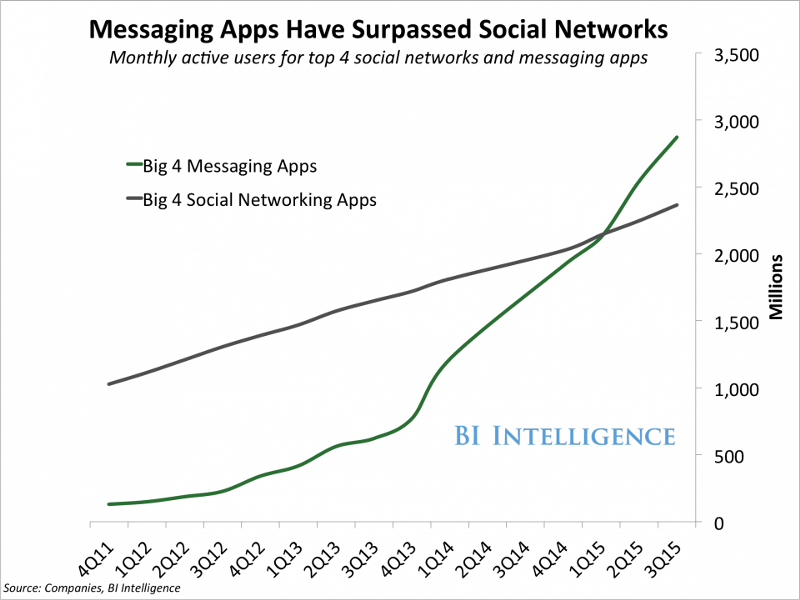
It’s only normal that the way information flows socially has changed accordingly. In fact, this means people are now sharing more privately than publicly. What yesterday was a Facebook Share is now a Messenger Share. What yesterday was a share to my whole network is now a share to Emma and Noah.
To make things worse, the way we’re sharing content has altered. Copy and pasting links has become the new share button. This follows the aforementioned notion that people tend to share more towards smaller groups.
But let me back this belief with some data. From my experience, the average website has 65–70% of all shares made through copy and paste. It just happens that I’ve worked with publishers which had more than 80%.
And that brings us to Problem #2.
Problem #2: UTMs are not designed for network effects
Walking around a major tech store I found this: An electronic price label. The ability to dynamically define a product’s price gave me the idea for this post.
You see, by making price dynamic, the store can maximize value throughout the day, if they want to. More importantly, they could correctly attribute sales to each different price point tested.
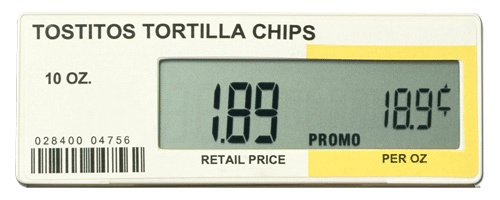
And that got me thinking. This is exactly what’s wrong with UTMs. Their inability to adapt and the danger in not doing so.
Despite its clear value, UTMs were designed to measure one-level actions. Ad #1 generated 100 clicks. Post #2 generated 75 visits. Newsletter #3 converted to 14 sales.

Yet, from Problem #1, we derive that the most shares are made through copy paste, through a multitude of levels and channels used.
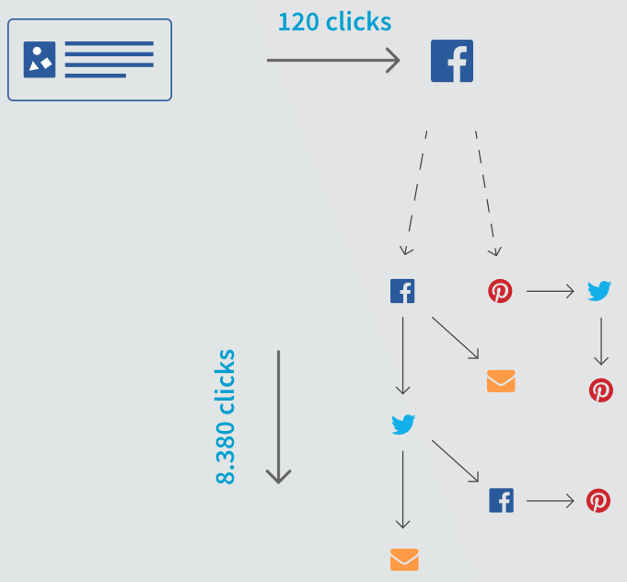
In what extent does this threaten common usage of UTMs? I’ll be blunt: it shatters their whole existence.
Here’s what happens once you copy-paste a custom URL using UTMs onto an unexpected channel.
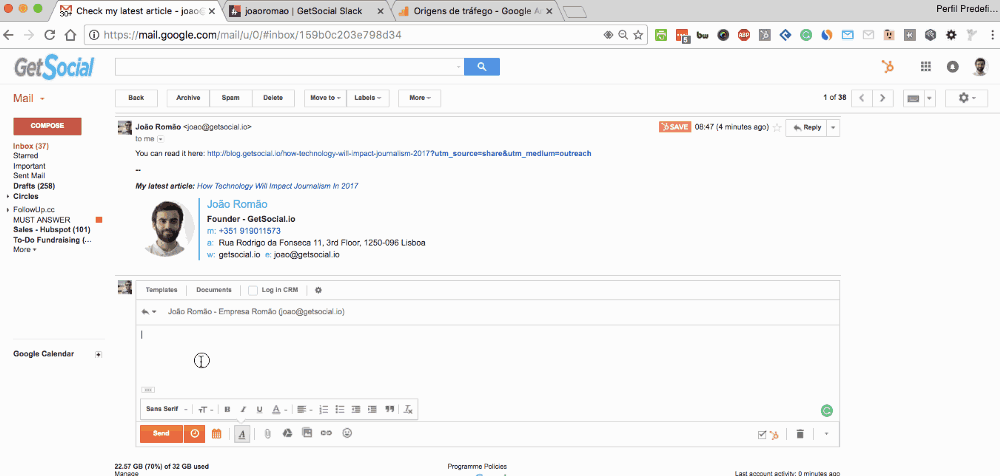
To put it briefly, the moment someone decides to copy and paste your link into a different channel than you expected, you screw your data up.
Traffic that’s coming from emails is attributed to Facebook. That store conversion from Google was actually coming from WhatsApp. Your top performing channel is Direct when, in truth, it’s Facebook Messenger.
So what happens once you start to properly measure and attribute your traffic?
Take a look at an example from one of our customers. Should they only use Facebook’s data, they’d know that their 10 posts generated 1,185 visits. However, by measuring all types of sharing and dynamically attributing traffic, they had new insights. Those 10 posts actually generated 16,396 visits (a “slight” 12.8x increase).
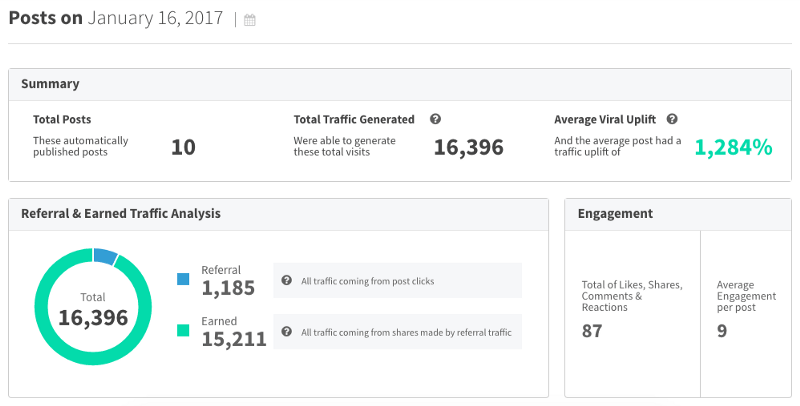
This also meant understanding there were different sources using and sharing this link. Hence, this data helps them make better distribution decisions and better engage their audiences.
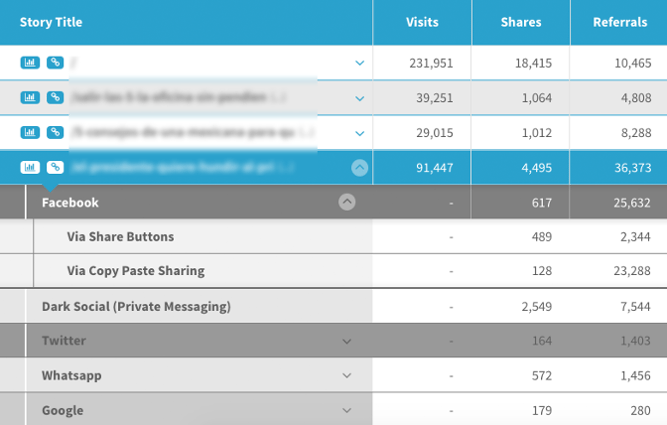
Conclusion: UTMs help but they may undermine good marketing decisions
UTMs helped shape the current state of digital marketing, I’ll give them that. But they failed to absorb the behavioral changes for social and network effects. They failed to adapt to how we communicate with one another.
Once your whole attribution strategy is based on UTMs, it is my opinion that you may be consistently making bad decisions. It’s not that you are not data-driven. It’s not that you don’t have enough data. It’s only that you’re working with wrong data.
And for that, UTMs space in a marketer’s mind will perish over time, until they become as useless as they are, today, essential.
Interested in knowing more about Dark Social & Analytics?
[su_button url="https://getsocial.io" target="_blank" style="flat" background="#21D2B5" color="#ffffff" size="7" wide="no" center="yes" radius="auto" icon="" icon_color="#FFFFFF" text_shadow="none" desc="" onclick="" rel="" title="" id="" class=""]SIGN UP FOR FREE[/su_button]
